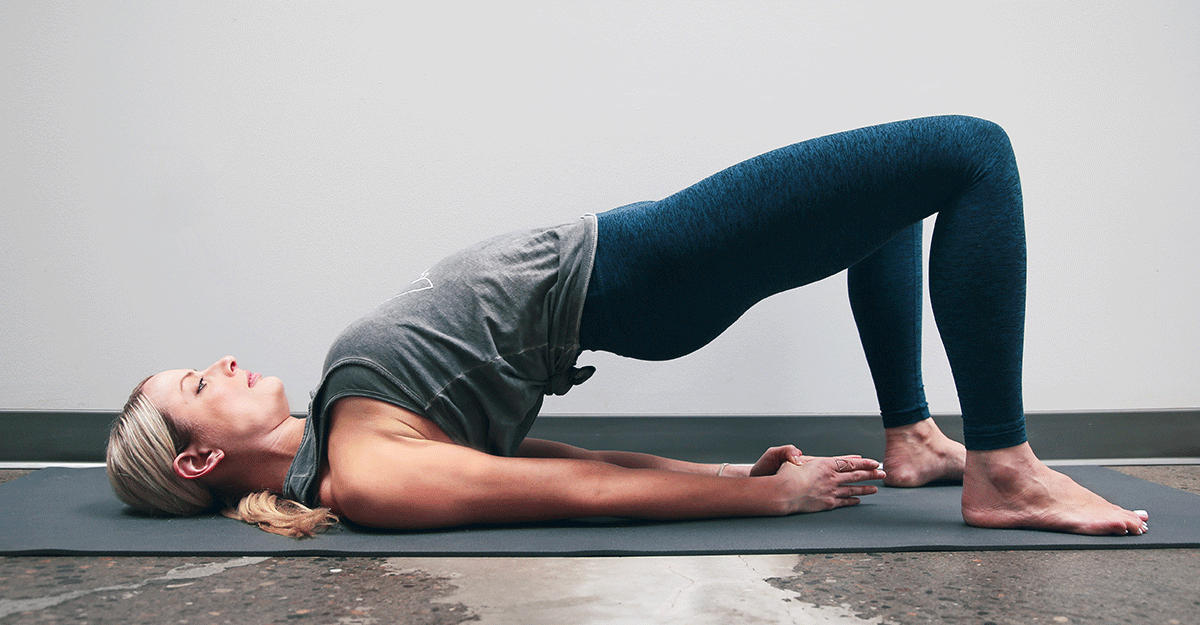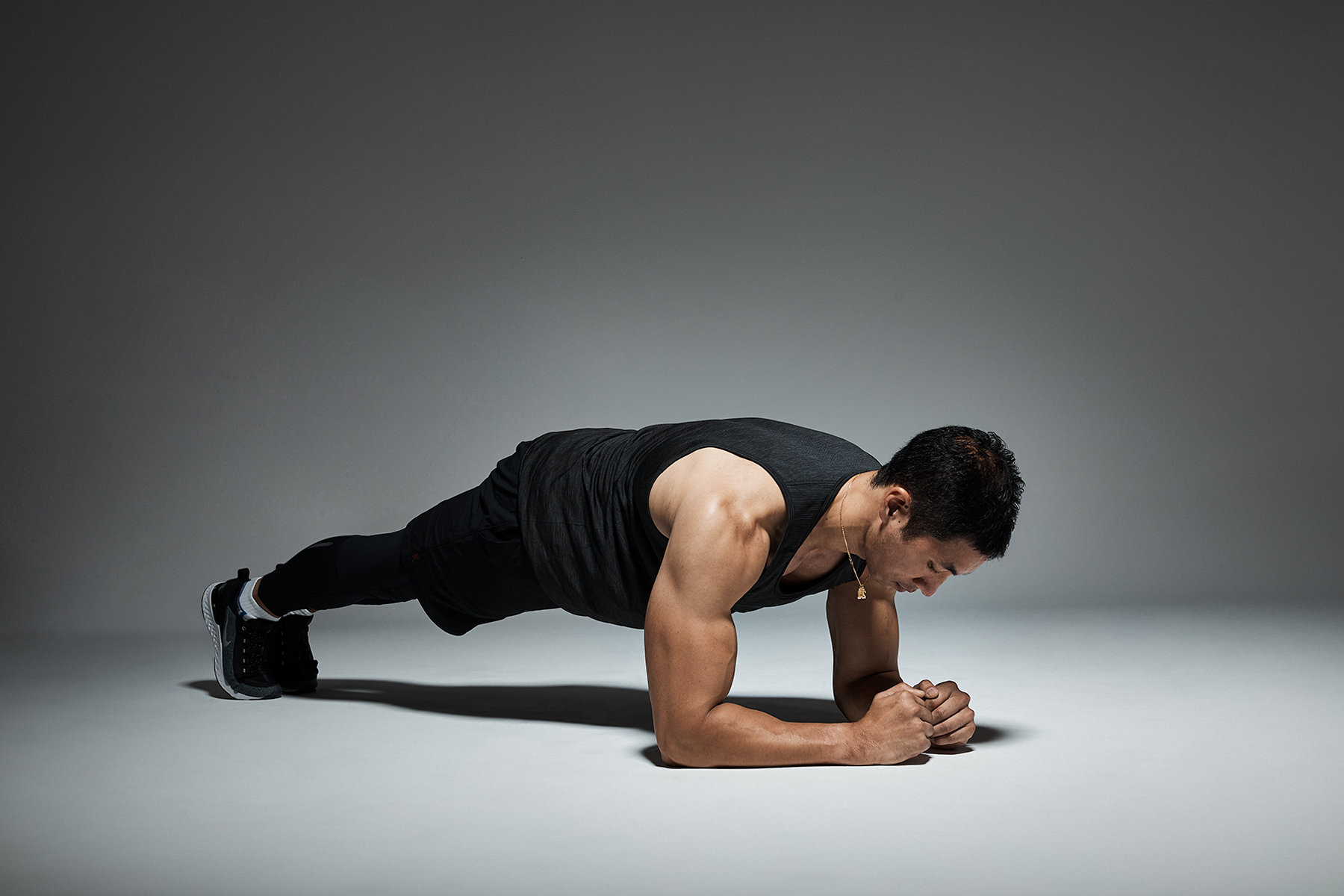6 Core Strengthening Exercises That Prevent Injury
Similar Blog Posts:
What Core Muscle are we building?
Core strengthening exercises focus on strengthening the abdominal and lumbar muscles (a.k.a. core muscles) to improve posture, maintain stability, and prevent injury.

Hereís a list of the muscles that comprise your core:
- Rectus abdominus
- Erector Spinae
- Internal and external obliques
- Transvers abdominus
- Multifidi
Each of these muscles serves a specific anatomical role and can be stimulated by certain exercises; for this reason, when you are injured, your physiotherapist will locate the muscle group involved and work on a workout plan that specifically targets the healing of that muscle.
How does physiotherapy help with core strengthening and injury prevention?
By strengthening your core muscles, which are the main structures that preserve the stability of your body and spine, physiotherapy can help you become dynamically stable and avoid muscular injury in susceptible areas, such as the lower back.
There are dozens of core-strengthening exercises offered by physiotherapists; however, each exercise has its main indications and contraindications.
Why Use Physiotherapy

Physiotherapy is a branch of medicine that focuses on restoring and maintaining the physical abilities of the patient; it uses techniques, such as core strengthening and injury prevention exercises to improve wellbeing, increase mobility, and enhance function.
There are multiple studies that support the effects of physiotherapy on our physical performance and injury prevention.
We all know how frustrating it is to get injured during a workout.
You set up a workout routine, decide short- and long-term goals, prepare everything, and hit the gym, only to experience a painful injury after a few minutes of the training session. If thatís not frustrating, I donít know what is!
Let us briefly discuss the role of physiotherapy in maintaining and restoring physical properties, as well as its effectiveness in reducing the risk of injuries.
Watch out!
While it is tempting to try and apply a couple of core strengthening exercises you watched on YouTube to try and treat an inflicted injury by yourself, this could have dire consequences!
As we mentioned earlier, to each exercise its indications and CONTRAINDICATIONS, so if you choose the wrong exercise and/or perform it in the wrong form, you could potentially exacerbate your injury, which worsens your symptoms and delays recovery.
Therefore, it is essential to contact a certified physiotherapist before performing any exercise.
Final words
Physiotherapy is a treasure of untapped potential that could significantly improve your core strength and reduce your risk of injury; however, this process should be guided by a professional physiotherapist to ensure everything is being done correctly.
Make sure to get a personalized exercise routine that focuses on your own needs to get the best possible results by contacting one of our certified physiotherapists.
Steps: Go through each exercise in specific order from 1 - 6 and repeat this 3 times.
1 - Standing Pike ---- 1 minute

Stand with your feet hip width apart, arms pointing straight above your head. Engage your core and raise your right leg and lower your arms so that your hands and foot meet at about waist level. Return to starting position and repeat the movement with the left leg. Allow your torso to bend as you lower your arms.
2 - Jackknife ---- 20 reps

The jackknife can be done by lying flat on your back with your arms extended overhead and your feet raised slightly above the floor. The jackknife is completed by slowly bringing your straight arms toward your hips, and lifting your upper torso off the floor.
3 - Supine Heel Taps ---- 20 heels tap (left and right is 1)

Lay on your back, bend your knees 90 degrees. Slightly elevate your shoulders and touch right heel with right hand, and then left heel with left hand. Try your best not to cheat by moving your feet towards your hands.
4 - Bridges ---- 20 reps

The bridge is an exercise. Many variations of this exercise are employed throughout the world, most commonly the balancing of the body on the hands and the feet. It is intended to improve lower back and gluteus strength.
5 - Mountain Climbers ---- 1 minute

Start in a traditional plank. Flex your core and bring your right knee to your chest, lift your toes off the ground. Return to plank. Switch legs. Increase the pace so that if feels like you are running in a plank.
6 - Plank ---- 60 seconds (1st set), 45 seconds (2nd set), 30 seconds (3rd set).

Place feet hip-width apart, and elbows shoulder-width apart. Engage your abs, then tuck your toes to lift your body (forearms remain on the ground; press the floor away from you with forearms). You should form straight line from shoulders to heels. Hold for 30 to 60 seconds.
Watch out!
While it is tempting to try and apply a couple of core strengthening exercises you watched on YouTube to try and treat an inflicted injury by yourself, this could have dire consequences!
As we mentioned earlier, to each exercise its indications and CONTRAINDICATIONS, so if you choose the wrong exercise and/or perform it in the wrong form, you could potentially exacerbate your injury, which worsens your symptoms and delays recovery.
Therefore, it is essential to contact a certified physiotherapist before performing any exercise.
Final words
Physiotherapy is a treasure of untapped potential that could significantly improve your core strength and reduce your risk of injury; however, this process should be guided by a professional physiotherapist to ensure everything is being done correctly.
Make sure to get a personalized exercise routine that focuses on your own needs to get the best possible results by contacting one of our certified physiotherapists.
